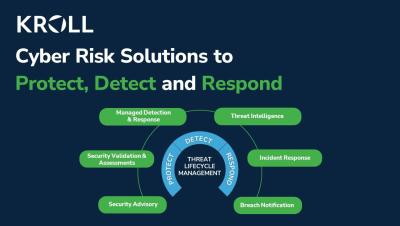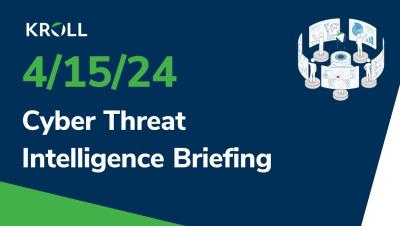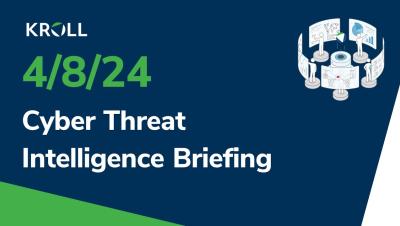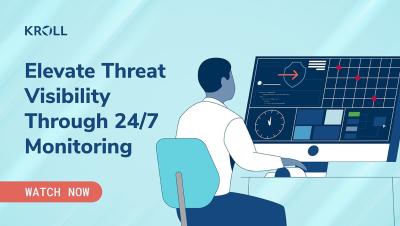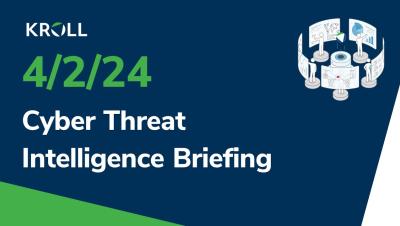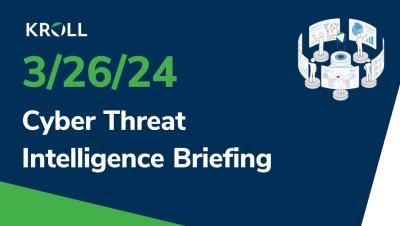CVE-2024-3400: PAN-OS Vulnerability Update
Kroll is responding to dozens of cases related to the Palo Alto zero-day, which remains under active exploitation. George Glass, Associate Managing Director in Kroll's Cyber Risk practice, provides the latest details on the PAN-OS vulnerability and how organizations should remediate.




